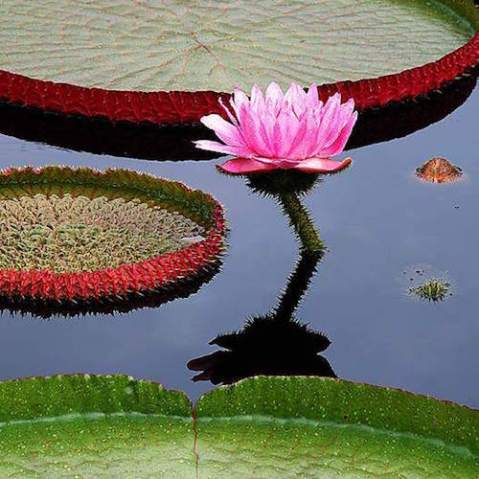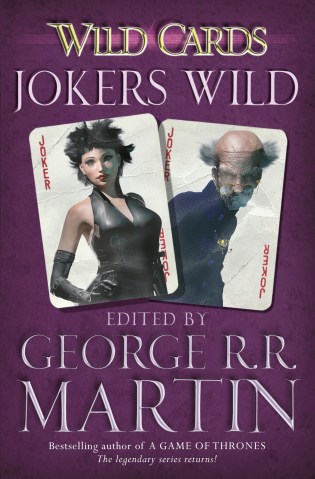Perfecting snow white scenes
There are few things as pretty as waking up to a fresh coating of snow and, for many of us, it’s inspiring enough to yank us out of bed very early and get us out the door quickly, cameras and a fistful of memory cards in hand.

However, the pure, bright simplicity of snow can also present some real exposure challenges. The difficulty comes from the fact that while you want the snow to be as bright and clean-looking as possible you must also hold the exposure back enough to capture surface textures and at the same time prevent the highlights from blowing off the right end of the histogram. It’s a riddle that has kept many photographers standing behind the tripod scratching their heads.
The safest solution is to find a middle grey area to meter from, either something that is a middle tone in the composition or even just a solid blue sky. In the shot of the old New England cemetery, just below, it was the headstones that provided the metering point. By metering a middle tone you set the white values approximately where they belong on the tonal scale without out burning out the highlights.

Unfortunately, though, the photo gods are not always so kind as to supply a nice middle-toned surface from which to meter. Thankfully, the solution isn’t so demanding: you can add extra exposure using your exposure compensation feature. If you were to meter directly from the snow, the scene would be grossly underexposed because the meter would be fooled by the brightness of the snow. Without using compensation you’ll end up with grey snow. Start with an extra stop, but increase it as necessary to ensure that the snow renders as a bright white rather than murky grey.
The direction of the lighting also plays an important role in photographing snow. As smooth as snow appears, it actually has very crystalline and coarse surface textures and both side and backlighting will bring out that texture. Early and late in the day are the best times to find low-angle light, but these times of day often introduce a colour tint to the snow that may or may not be desirable. Just another technical issue that snow presents.

Whatever the snowy situation, the most important thing to avoid is over-exposing the snow because you can’t add back detail where none was recorded—almost all other issues are negotiable in editing but that is not.
The Photographer’s Master Guide to Color is Jeff Wignall’s thorough course on colour and the role it plays in digital photography, giving you a new understanding of the important role colour plays in the creation of successful photos, and allowing you take outstanding colour photographs with any digital camera.
[one_whole boxed=”true”]
 The Photographer’s Master Guide to Colour, by Jeff Wignall
The Photographer’s Master Guide to Colour, by Jeff Wignall
£9.99 Download the PDF now!
£17.99 for the digital and print version!
[button color=”Accent-Color” size=”small” url=”https://www.ilexinstant.com/product/photographers-master-guide-colour/” text=”Digital Edition”]
[/one_whole]




